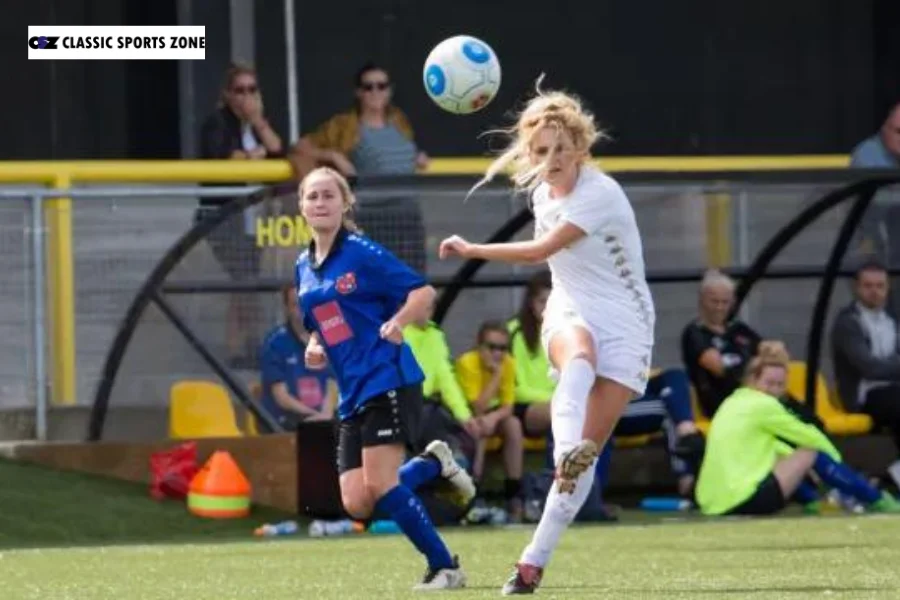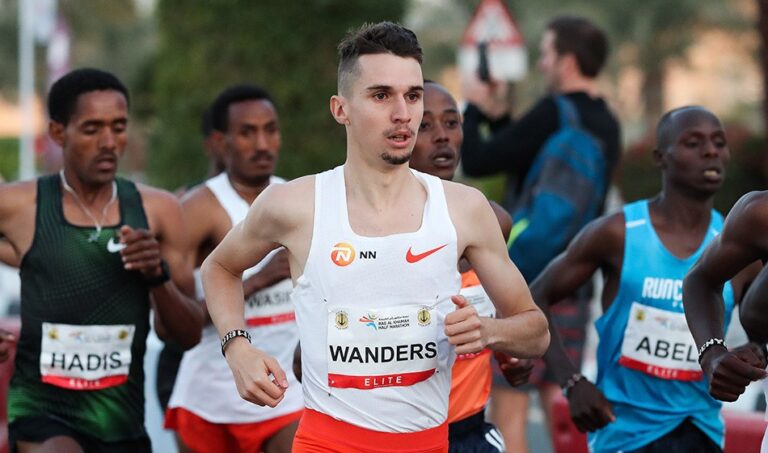
Leeds United may be one of the most assessment dividing clubs on the planet. Their own allies are prepared to follow the club anyplace, which is effectively confirmed by the way that Leeds United have the among the most noteworthy typical participation in the country, notwithstanding investing a great deal of their energy in the lower divisions of English football. Then again, their various competitions with different clubs and a dangerous off-the-field notoriety have in the end made Leeds United the most detested club in Britain. During their life expectancy, Leeds have come out on top for three First Division championships, one FA Cup and one Association Cup.

Leeds Joined History
Leeds United Football Club was framed in 1919 as a replacement to Leeds United City, a club that was effectively separated due to have salaried their players (which was contrary to the guidelines at this tiem). As well as keeping the name, the recently shaped club kept on playing its home games at the grand Elland Street, an arena that has remained their home right up ’til now. In 1920, when the Football Association was extended, Leeds United were chosen for the Second Division of the Football Association. The group that began in the subsequent division was elevated to the primary division without precedent for 1924.
The Wear Revie period
Generally speaking, Leeds United’ outcomes were genuinely mediocre until the Wear Revie period during the 60s. Quickly upon his appearance, Revie ended up being a director with the arrangement; he carried out numerous positive changes in and around the club, including the careful pre-match arrangements and the thorough preparation program. It was for the most part acknowledged that, under his initiative, the club’s young ability was allowed an obviously better opportunity to succeed.

In 1961 Leeds United changed their pack to white shirts, shorts and socks – Genuine Madrid was the model. Beginning around 1934, their dresses had been blue and yellow, and before that white and blue.
Not long subsequent to tying down advancement to the Principal Division in 1964, Leeds United began overwhelming the neighborhood contest. During the following 10 years, they asserted two Association titles and both English cups, while wrapping sprinters up to Milan in the Cup Champs’ Cup. Their greatest misfortune would come in 1975, notwithstanding, when they were crushed by Bayern Munich in a disputably refereed European Cup last.

Under Howard Wilkinson
Leeds United reappeared as a competitor in the mid 90s, under Howard Wilkinson. With his eye for ability, Wilkinson was fruitful in carrying various gifted players to the club, including future stars, for example, Gary Speed and Eric Cantona. Thus, Leeds United guaranteed their third Association prize, the last First Division title before the opposition was renamed as Chief Association. Their time at the center of attention ended up being brief, in any case; following a gigantic monetary implosion when the new century rolled over, Leeds were consigned to the Title in 2004.
Leeds United has no European Cup titles, however was in 2001 just two matches away from lifting the heaviest. In the wake of beating Deportivo in the Heroes Association quarterfinals they confronted Valencia in the semi-finals. Be that as it may, after just 0-0 home, Leeds United lost by 0-3 in the subsequent leg.

Leeds United Joined Logo
Leeds United white, yellow and blue tones are perceptible in their peak and particularly trademark is the white rose, an image for Yorkshire. The logo has been changed in a few events, the last time was in 1998, which brought about another peak structure and furthermore that the rose would diminish in significance.
Conspicuous players
John Charles, Jack Charlton, Norman Tracker, Peter Lorimer, Johnny Giles, Billy Bremner, Gordon Strachan, Gary McAllister, Tony Yeboah, David Deranged, Eric Cantona, Jimmy Floyd Hasselbaink, Gary Speed, Lee Bowyer, Harry Kewell, Imprint Viduka, Lucas Radebe.
Everton: Merseyside’s Historic Football Club








